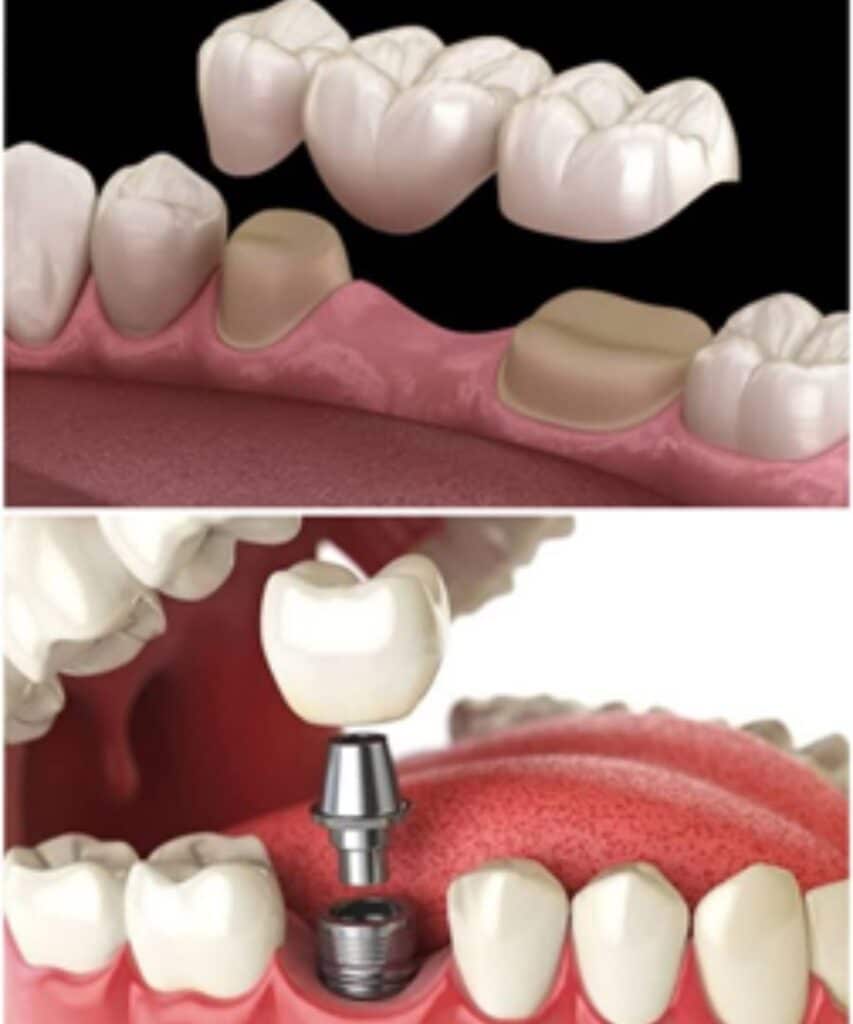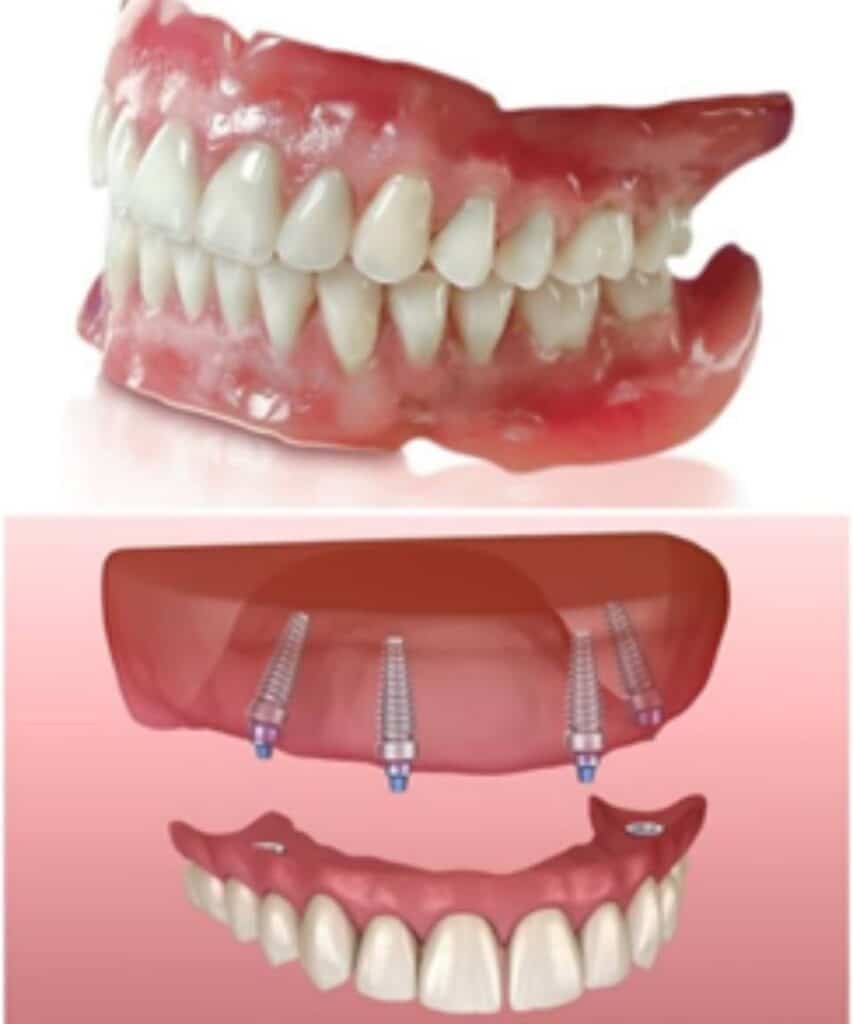Loss of one or more teeth can drastically hamper the ability to chew, smile, speak, which may also be the first obvious indicator of bone loss. Dental implants are now a common option for replacing missing teeth. But the question is how strong are dental implants? What makes dental Implants the ideal solution for replacing missing teeth? You might be asking yourself these kinds of questions when you search for the ideal solution to replace lost teeth. In this Article we will discuss how strong are dental implants And the strength of dental implants.
Understanding Dental Implants
The implant fixture, the abutment, and the artificial crown are the three main parts of a traditional dental implant. The fixture that is surgically placed in the jawbone to replace the root of your tooth is called an implant. The dental implant abutment is secured on the implant fixture by a jointing screw and extends through tissues inside gums into your oral cavity to support a crown.
How Strong Are Dental Implants
What gives implant strength?
Different dental implant features will affect their versatility, such as the type of material used for the implants themselves and abutments or how they incorporate with bone.
Material Matters:
Titanium is used in alloys to fabricate dental implants due to its good mechanical properties, low density, and good bone-contact biocompatibility. In making implants, titanium alloys that are either completely or mainly α are preferred, because they have superior corrosion resistance. can be selected to favour themicro-structure, and this also affects the mechanical properties (strength, ductility, fatigue resistance and fracture toughness.
Bone Integration and Load-Bearing:
Osseointegration of Dental Implants: refers to the direct anchorage of bone on an implant’s surface. Its development is upon the fusing of an implant to Jaw bone through binding Bone cells onto surface of Titanium. The surface between the titanium alloy implant and living bone is a key element in osseointegration. It’s necessary to have sufficient good qualtiy bone for the implant to imtegrate and provide adequate strength successfully.
Implant surface contamination is a potential method of infection, and interfere with the healing process leading to diminished osseointegration which indirectly might reduce strength.

Comparing Implants to Other Tooth Replacement Options
Dental implants are a popular option for missing tooth replacement but there are also traditional methods. The other available options are dental bridges in case of few remaining teeth and dentures in cases where all the teeth are lost.
Implants vs Bridges
If you still have any good teeth that can be utilized as support, dental bridges are an alternative. A bridge replaces missing teeth with a crown by fastening to the neighboring healthy teeth. It is a quick and cost-effective way to replace a single tooth. However, because they use the adjacent teeth for support, chewing puts additional pressure and strain on those healthy teeth.
Eventually, those teeth may weaken and lead to loss of teeth. Replacing a single tooth with a dental implant instead maintains an even distribution of pressure on the teeth, allowing the remaining healthy teeth to thrive while the replacement tooth continues to promote bone health.

Implants vs. Dentures
Complete or partial dentures are removable tooth replacement options, often more affordable than dental implants. But they come with certain drawbacks. Speaking with dentures can be very unpleasant and alter your speech habits, frequently resulting in a lisp. Dentures can break easily if not treated carefully, despite being sturdy when it comes to eating. Bone loss progresses at a higher rate under dentures.
In contrast, the metal screws used for dental implants stimulate the jawbone growth and prevent bone loss. Implant-retained dentures are more stronger and stable options.

What matters to maintain strength?
Quality of bone
Bone density plays a very vital role in the long-term success of dental implants. A poor-quality bone may not take up loads for a longer duration and may eventually lead to bone loss and failure of implants. Also uncontrolled systemic conditions like uncontrolled diabetes, and smoking affect the healing process and affect the implant to maintain its strength.
Implant care and maintenance

Follow-up with the professional every six months is essential to identify and eliminate any infection or complications that might lead to the failure of the implant. Good oral hygiene practice is essential to ensure the longevity of not only dental implants but any prosthesis in the oral cavity. Using a toothbrush and water flosser twice daily to maintain adequate implant health is advisable.
Can dental implants break?
Just like natural teeth, dental implants can still break when they are subjected to excessive force. This is especially true when force is applied before the implant fixtures have fully Osseointegrated to the jawbone. After completely integrating with the bone, these implant fixtures are similar to your tooth root and are very durable. The implant’s crown, or tooth, is every bit as durable as your original tooth. It does, however, deteriorate over time.
One can quickly return to their routine by replacing the crown or abutment if they break. Depending on the material used to make the crown, replacement is usually necessary every ten to fifteen years.







